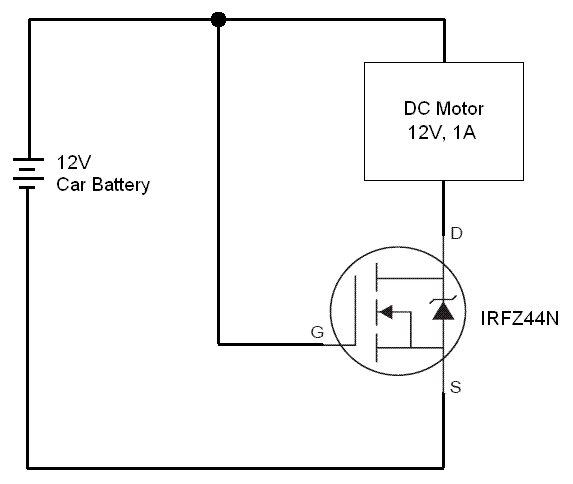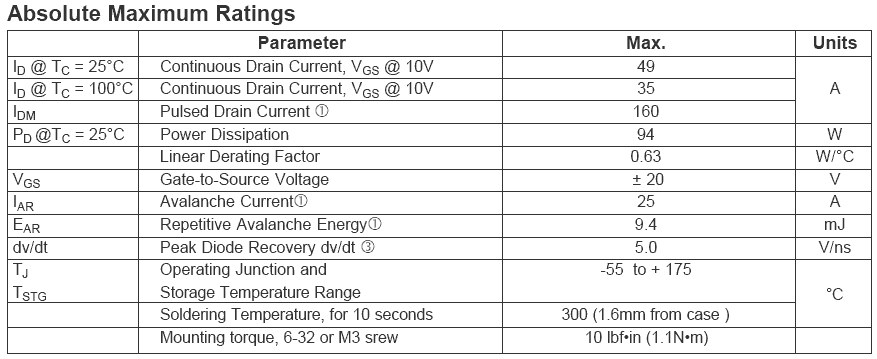powersys
Advanced Member level 1
Could someone pls advise why this power mosfet (IRFZ44N) in the circuit shown in figure below blow-up? I tested TWO mosfets and both also blow-up.

Spec of IRFZ44N


Spec of IRFZ44N
